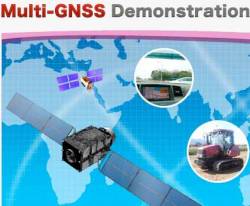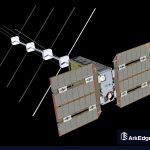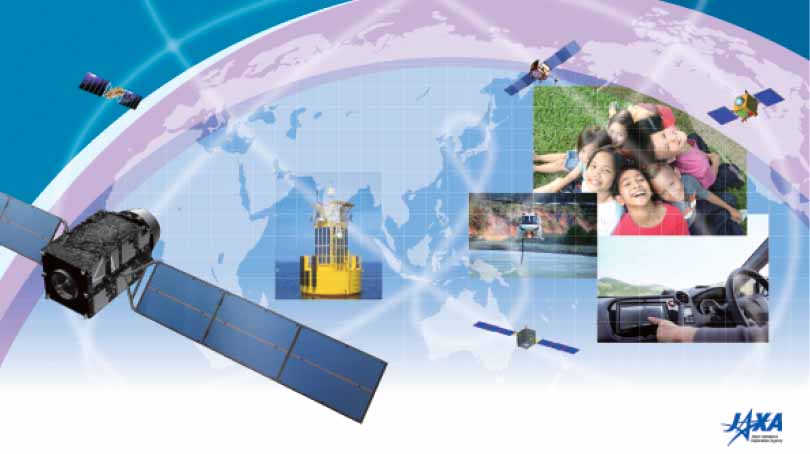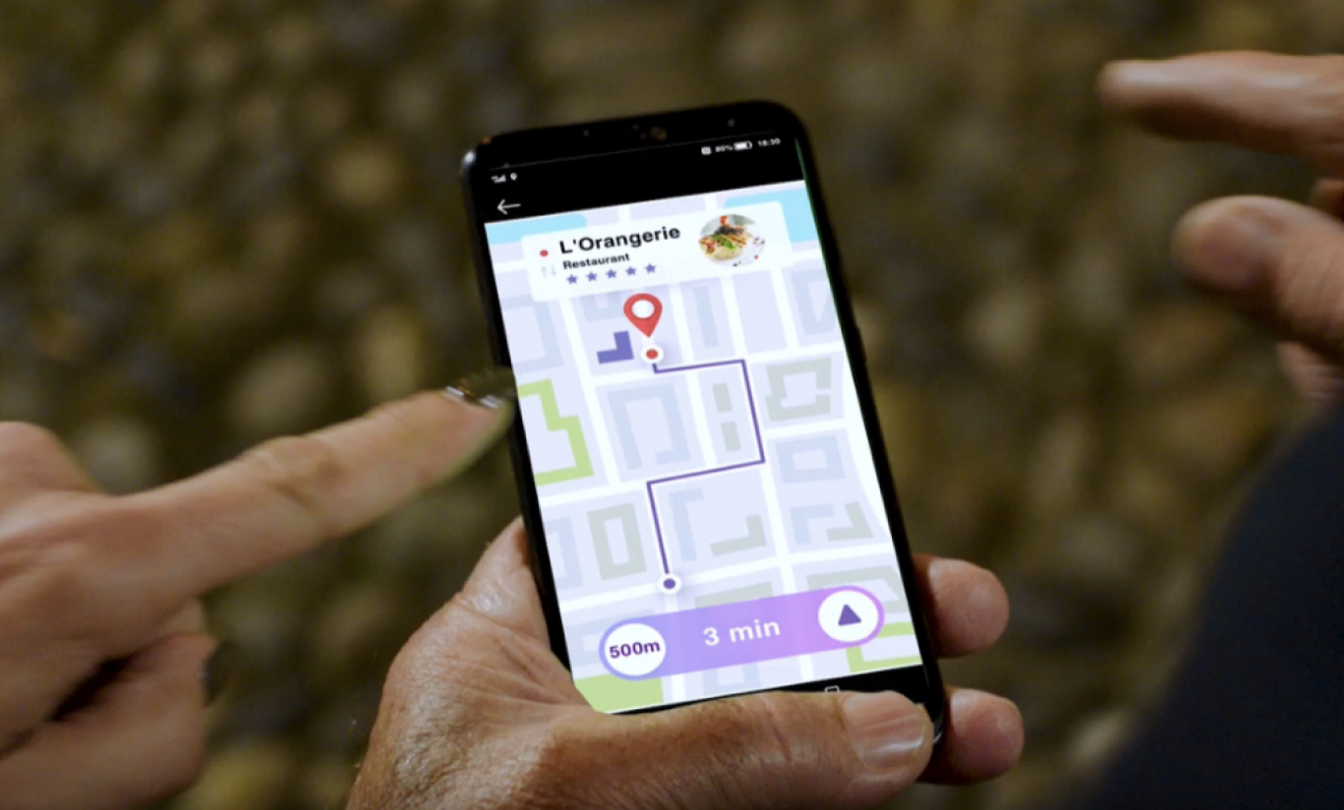
Interoperability in a world of multiple global navigation satellite systems—everybody talks about it, but not much has been done about it in practice. The Japanese Aerospace Exploration Agency (JAXA) hopes to change that with a five-year campaign demonstrating the benefits and opportunities of maximizing the use of the more than 100 GNSS space vehicles that will be operating over the Asia-Oceania region in the next decade. (See accompanying satellite-visibility graphic).
Interoperability in a world of multiple global navigation satellite systems—everybody talks about it, but not much has been done about it in practice. The Japanese Aerospace Exploration Agency (JAXA) hopes to change that with a five-year campaign demonstrating the benefits and opportunities of maximizing the use of the more than 100 GNSS space vehicles that will be operating over the Asia-Oceania region in the next decade. (See accompanying satellite-visibility graphic).
The Multi-GNSS Demonstration Campaign seeks to help regional countries and organizations integrate GNSS services into their infrastructure, promote new uses of multiple-GNSS, communicate with providers about interoperability requirements and promote new multi-GNSS applications and experiments.
Introduced by the Japan Aerospace Exploration Agency (JAXA) at a meeting of the International Committee on GNSS (ICG-4) last September in St. Petersburg, Russia, the campaign would implement a series of activities over the next five years to create a “showcase of a new GNSS era.”
Project leaders have invited GNSS providers, national and international agencies and organizations and manufacturers and service providers to participate. They have already gained the support of a number of key regional groups.
JAXA’s Koji Terada, the QZSS project manager, mentioned the proposed campaign in GNSS Milestones in the November/December 2009 issue of Inside GNSS.In a plenary session, the ICG-4 subsequently supported the proposal for the multi-GNSS demonstration project, which had already been endorsed by its working groups on interoperability and geodetic and timing reference systems.
A First Asia Oceania Regional Workshop on GNSS, held last January 25–26 in Bangkok, Thailand, drew 195 participants from 18 countries who endorsed the idea of establishing Multi-GNSS Asia (MGA) as a voluntary group to promote the campaign.
The Bangkok workshop was cochaired by Professor (Emeritus) Akio Yasuda, chairperson of the GPS Society of the Japan Institute of Navigation, and Professor Chris Rizos, University of New South Wales, Australia (both members of the Inside GNSS Editorial Advisory Council).
On June 21, 2010, attendees at a meeting of the Asia Pacific Economic Cooperation GNSS Implementation Team (APEC-GIT) in Seattle, Washington, received an update on the campaign from Satoshi Kogure an associate senior engineer with JAXA Quasi-Zenith Satellite System (QZSS) Project Team and Satellite Applications and Promotions Center.
The demonstration campaign backers propose a three-part effort: a multi-GNSS monitoring network established in cooperation with the International GNSS Service (IGS) and based on a regional GNSS continuously operating reference system (CORS) including data and analysis centers that would share resources and observed data among participating organizations; an applications development and demonstration component, and regional workshops that would report on the results of joint experiments.
Kogure said that JAXA has just started a procurement for multi-GNSS receivers for the multi-GNSS observation network.
A second regional workshop is tentatively scheduled for November 21–22 in Melbourne, Australia. By that time, organizers expect to have structured and launched the MGA, an official body that will manage the campaign activity.
The Multi-GNSS Demonstration Campaign website is at http://www.multignss.asia/index.html.





